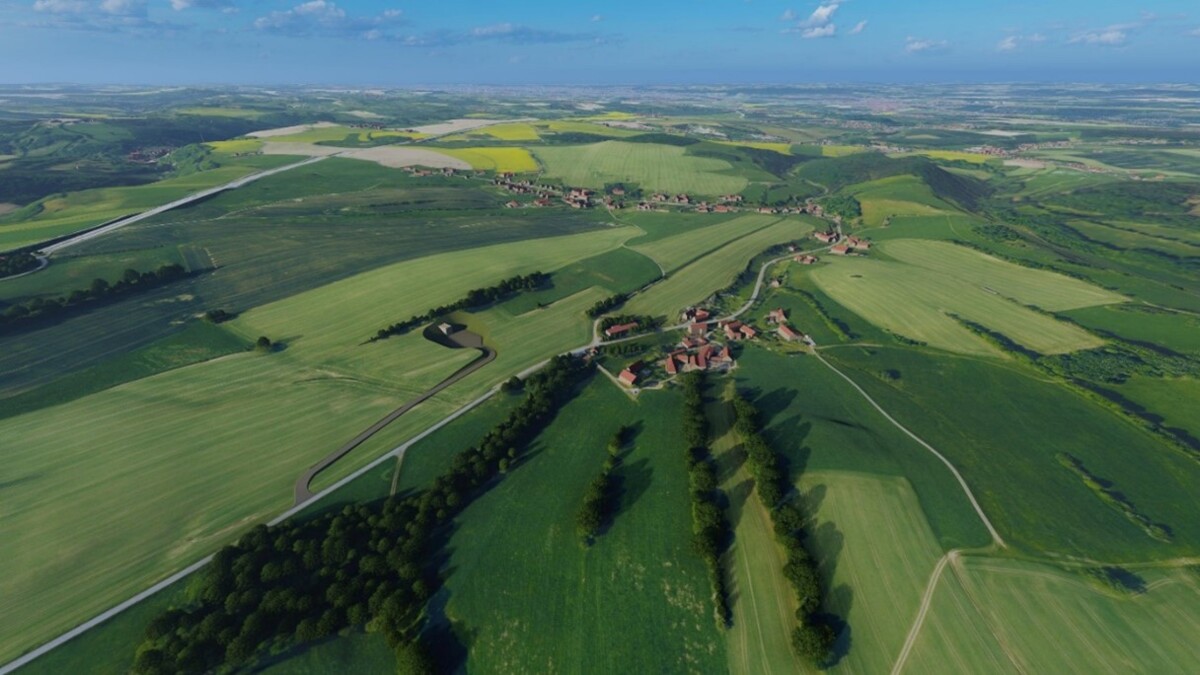Going deeper. A window into the ground
The new line runs through an area with complex geological and hydrogeological conditions. Therefore, close cooperation between the responsible authorities in Germany and Czechia was essential right from the beginning.
Geotechnical investigations help us to better understand the composition of the ground. We drill up to 500 metres deep. The boreholes provide insights into the rocks, geological fault zones and fissures, as well as the conditions and composition of the groundwater. We also study the mechanical and chemical properties of the ground. To do this, we collect unconsolidated and solid rock samples from the borehole for geotechnical laboratory analyses.







